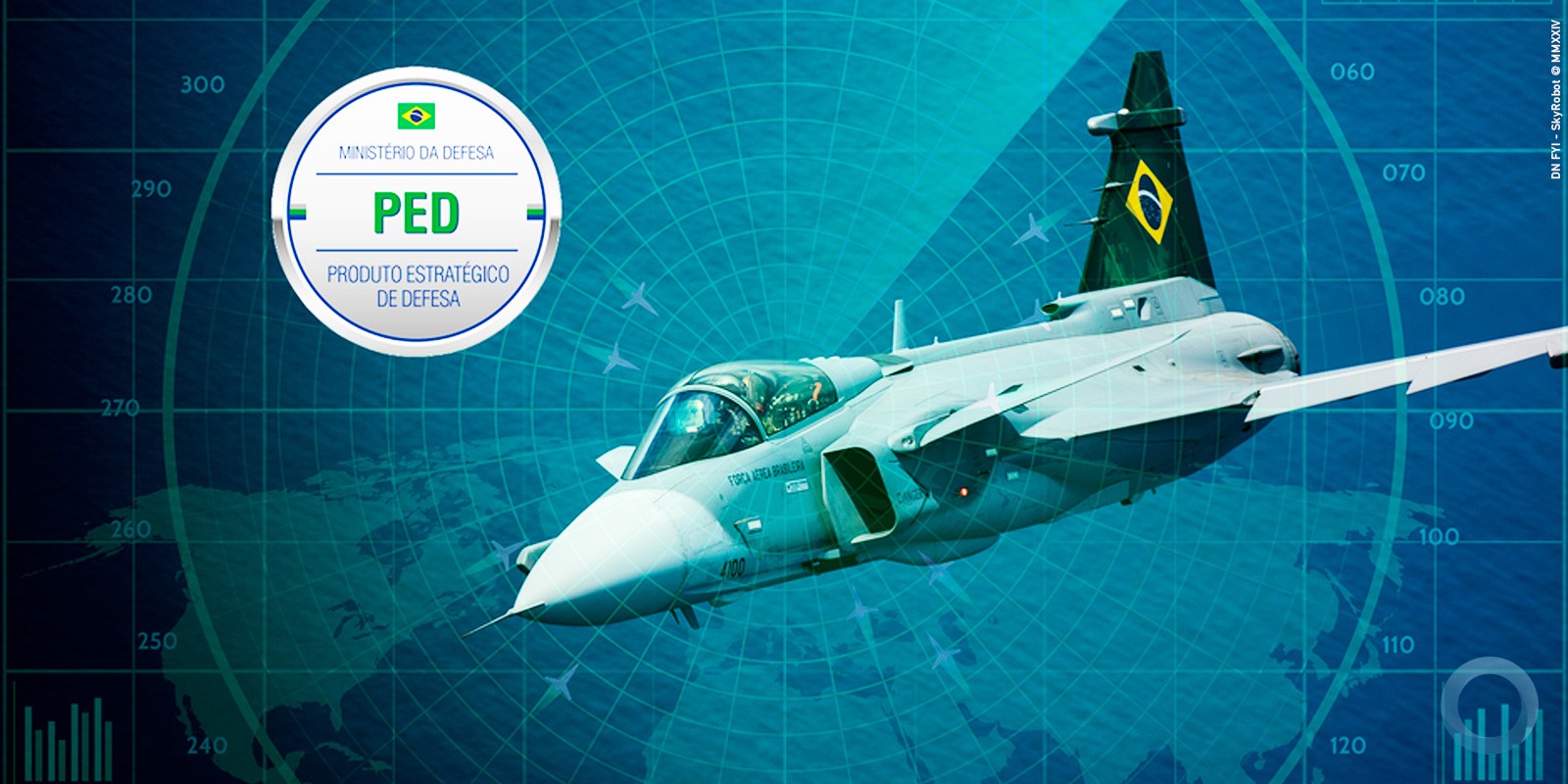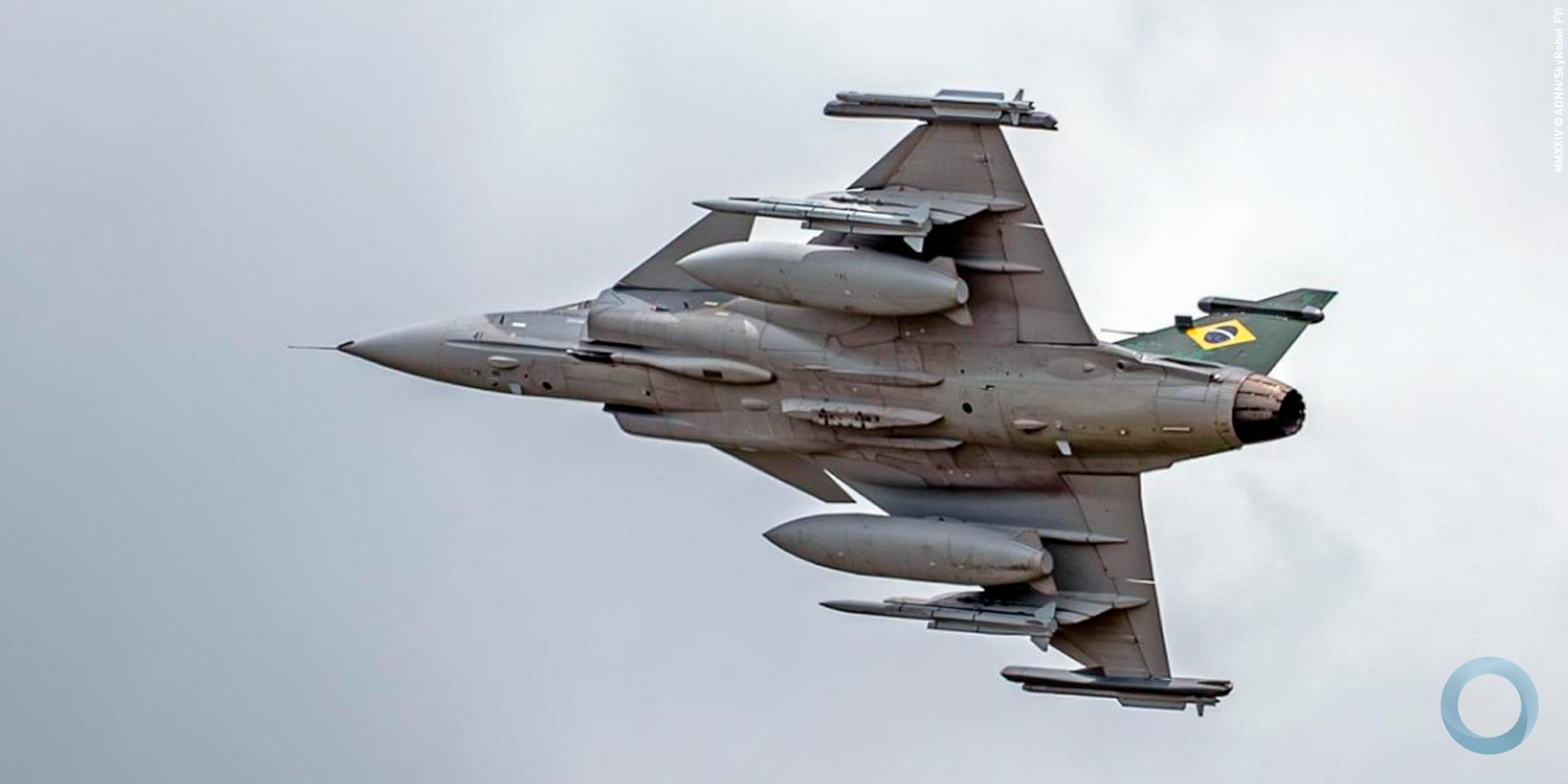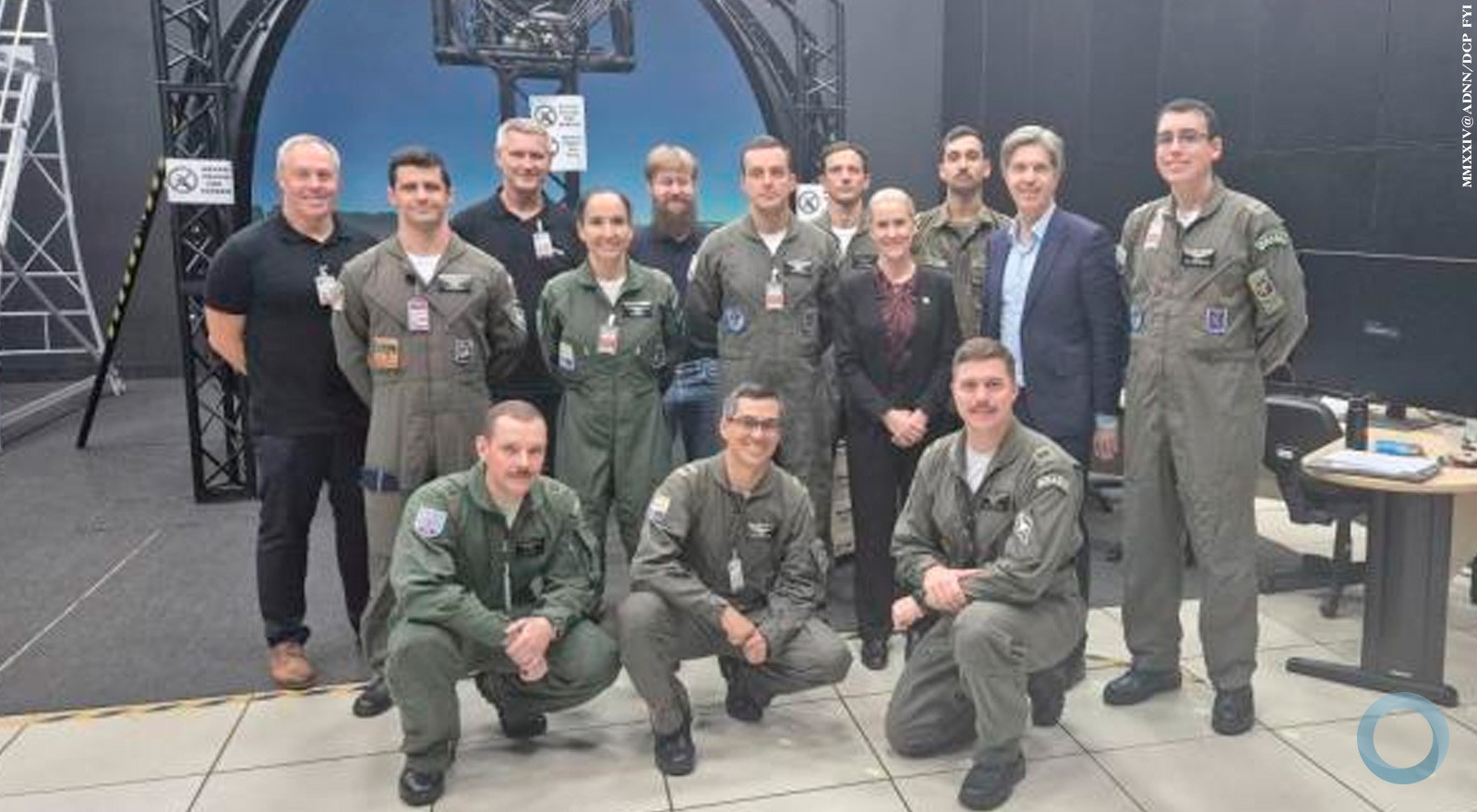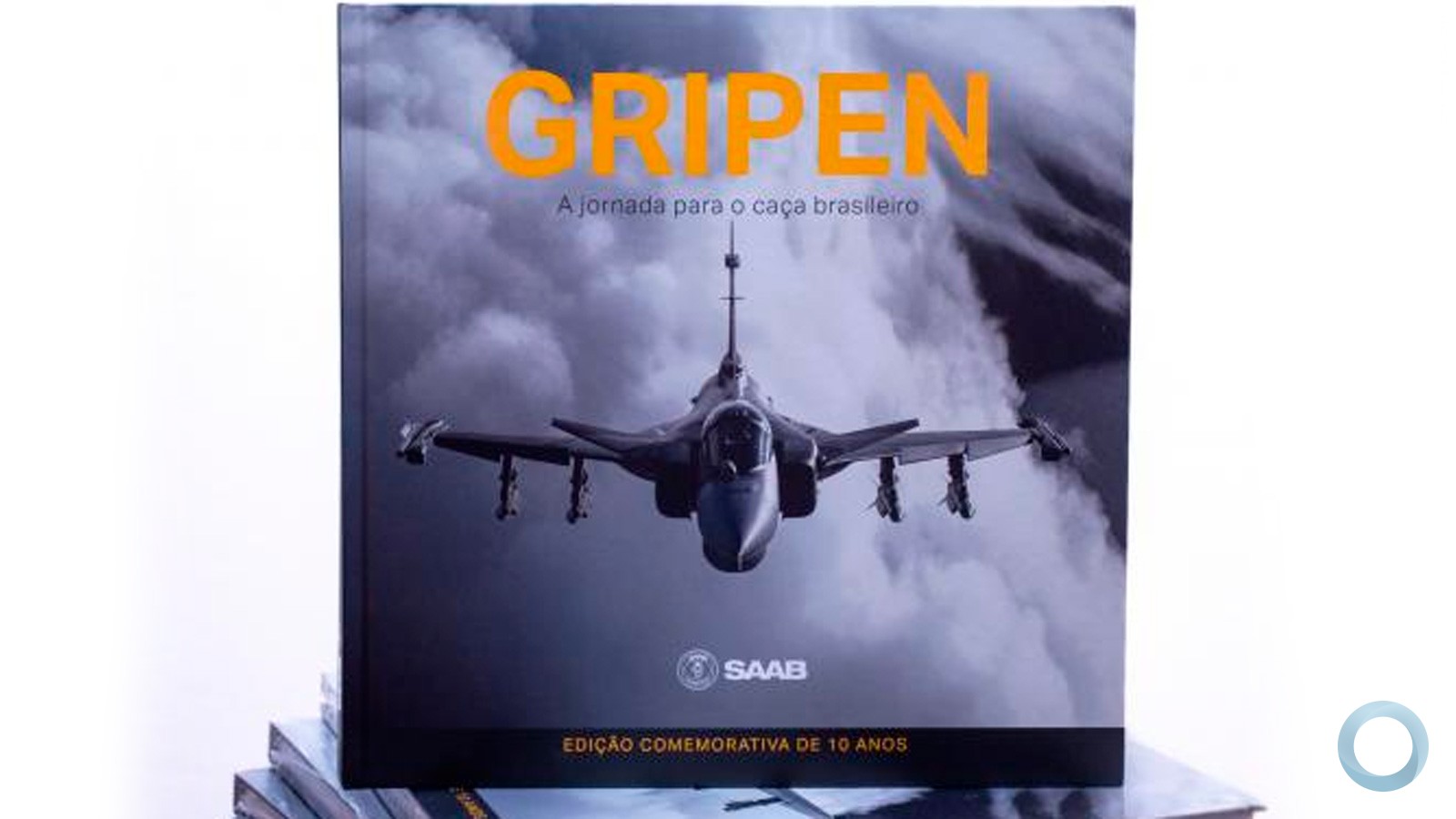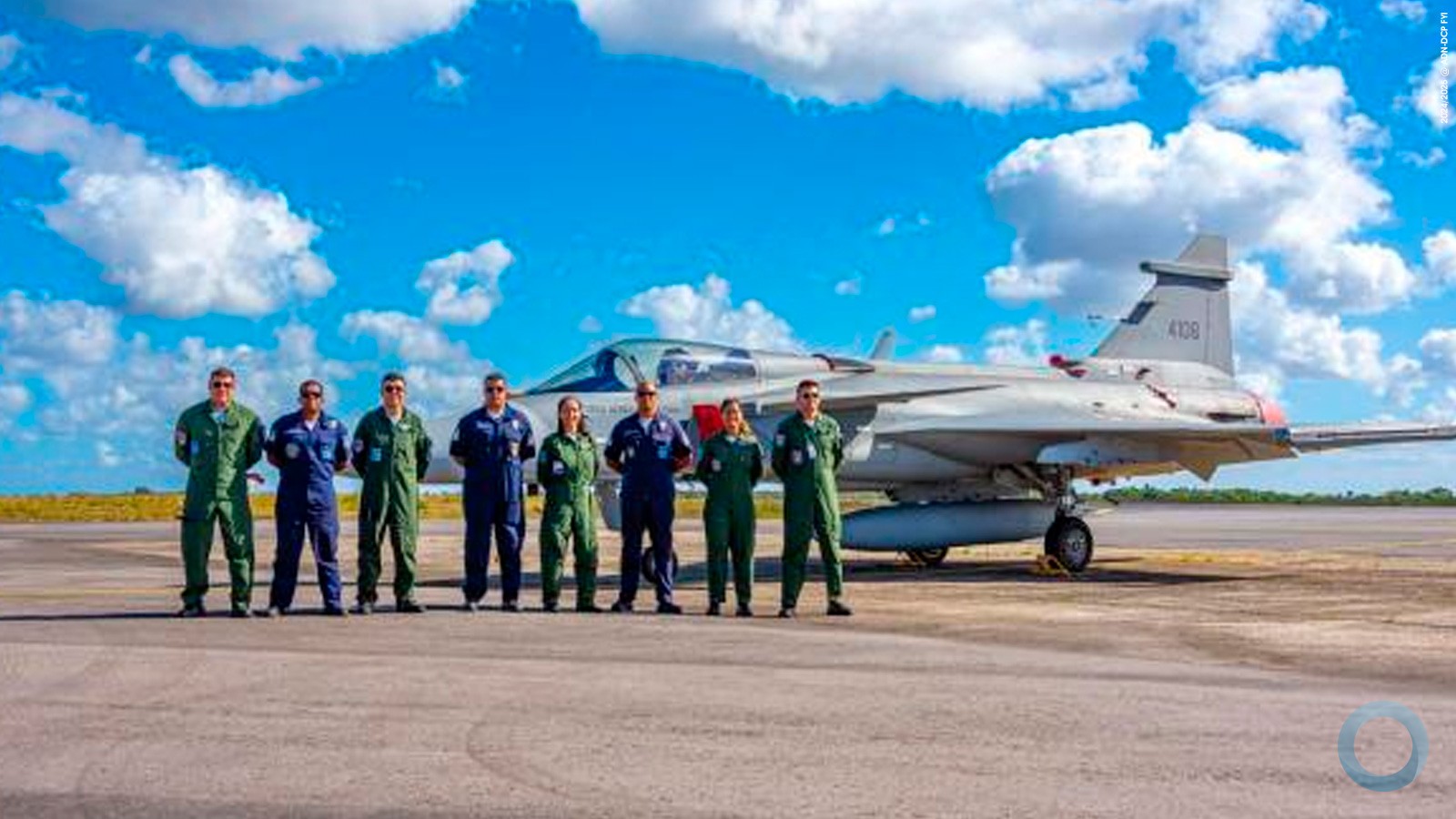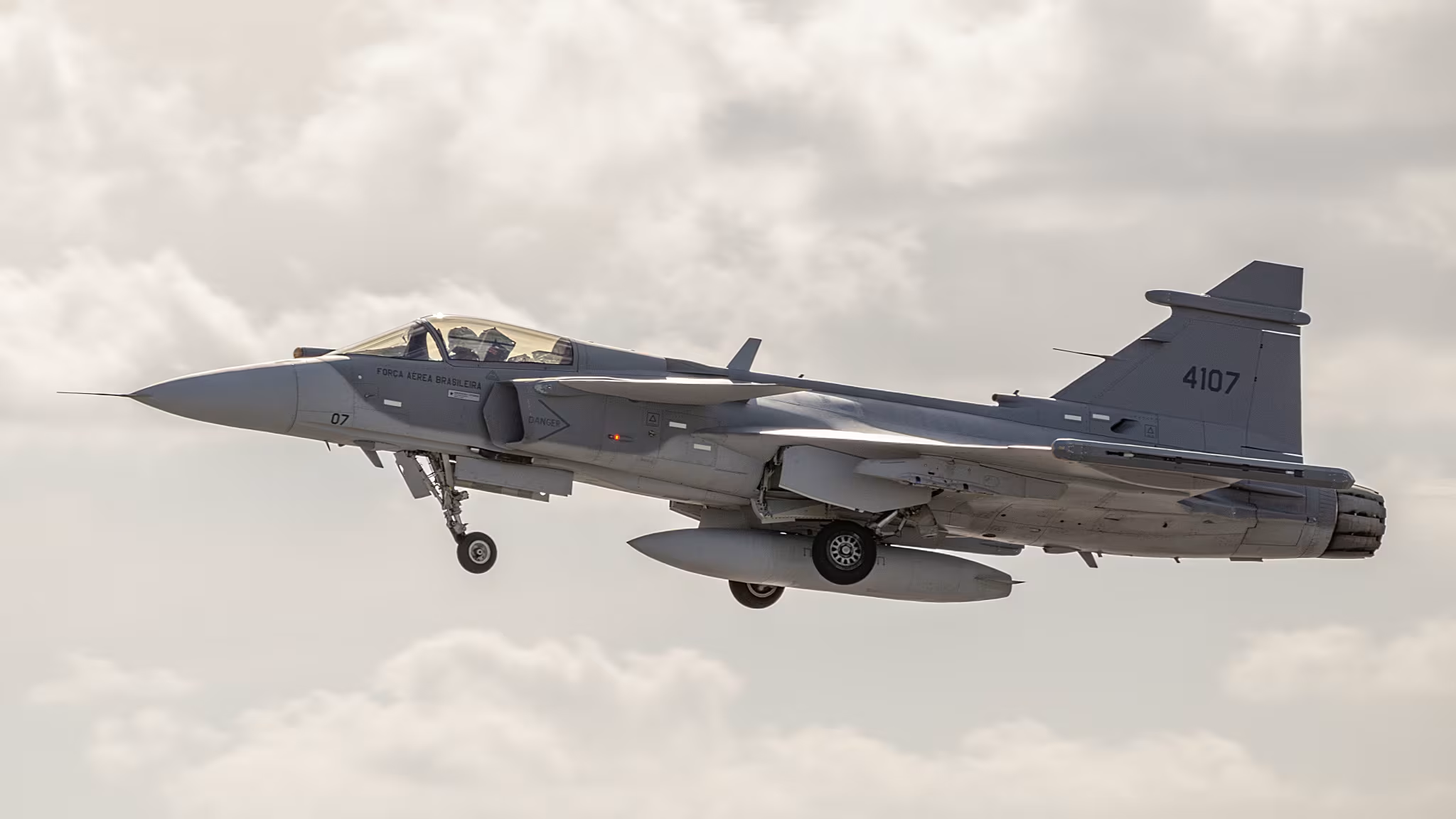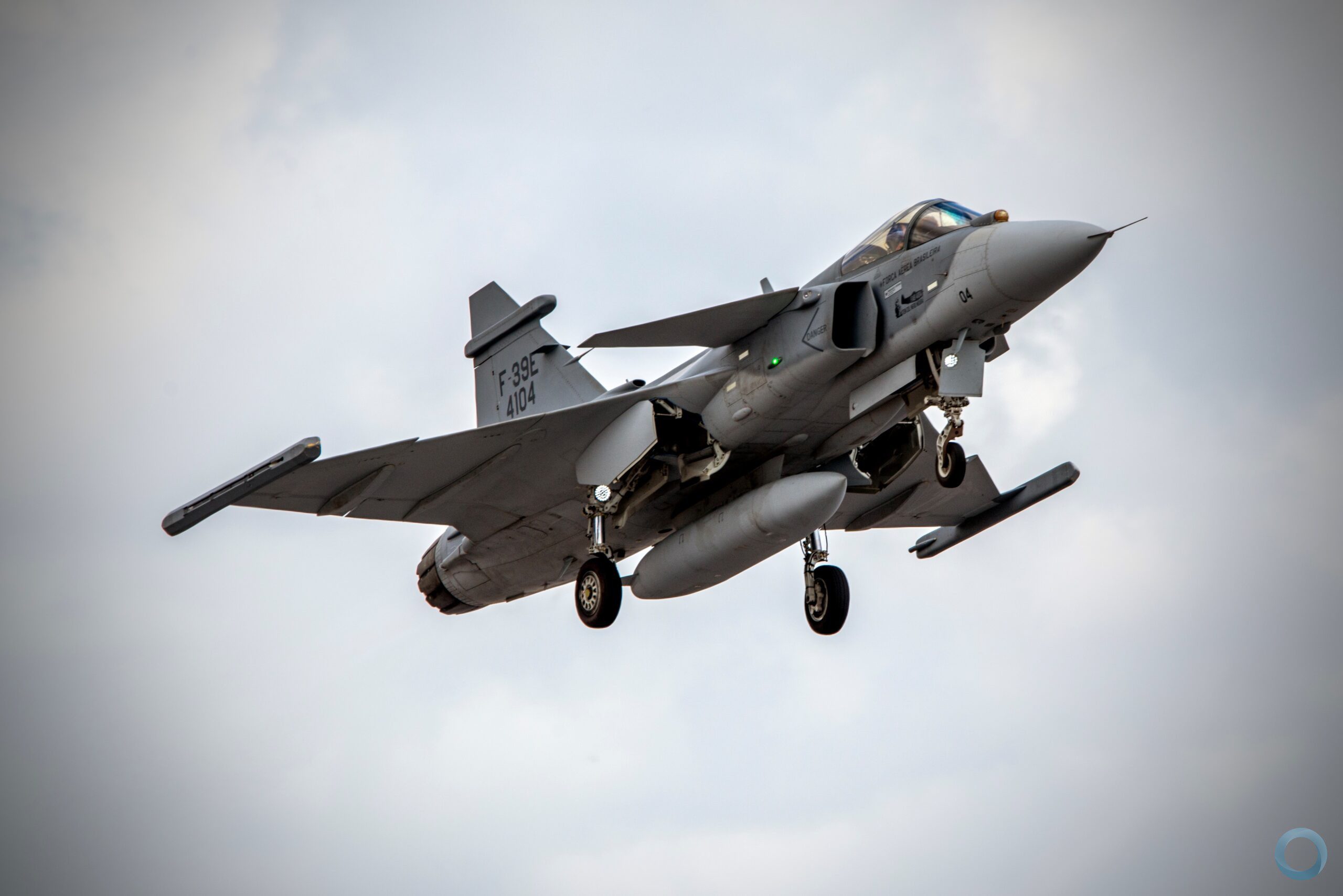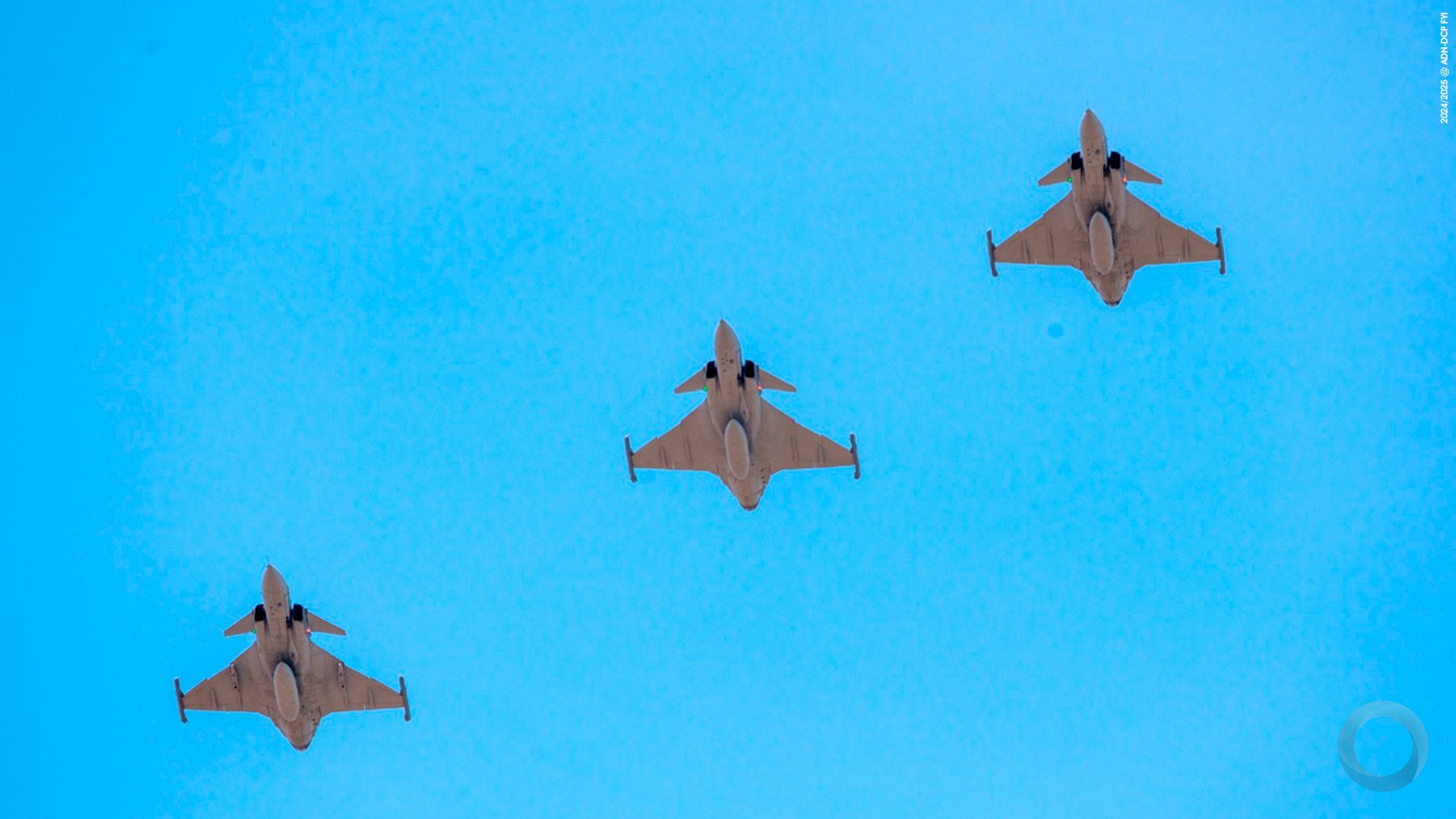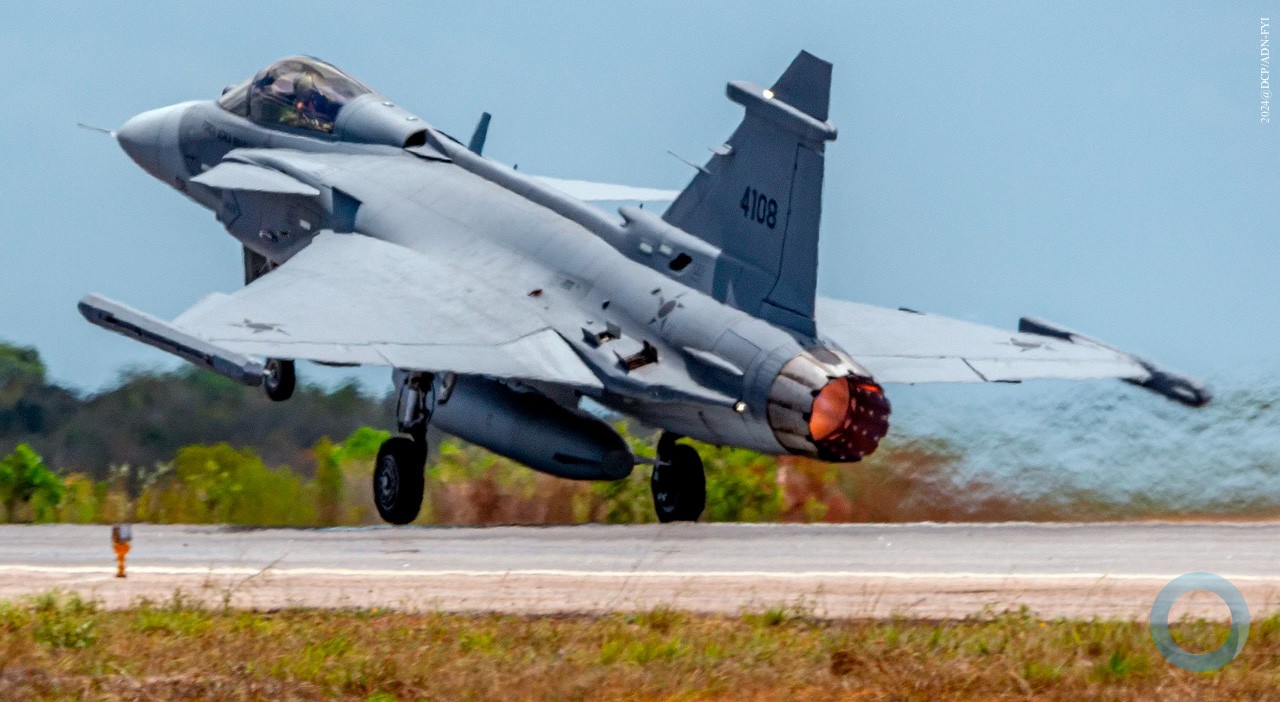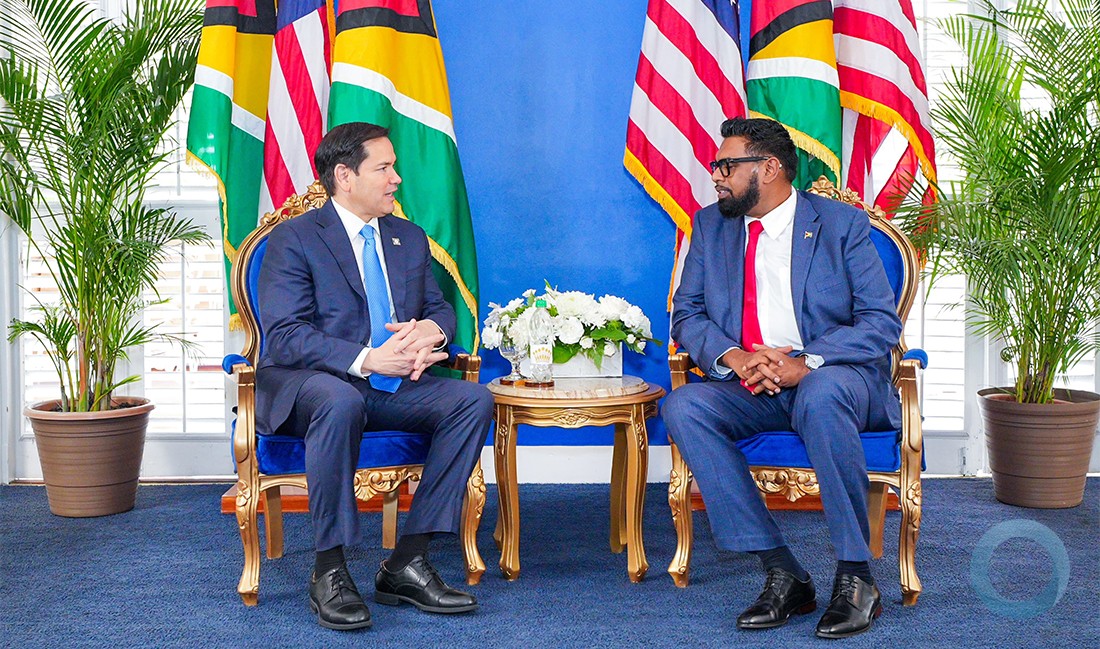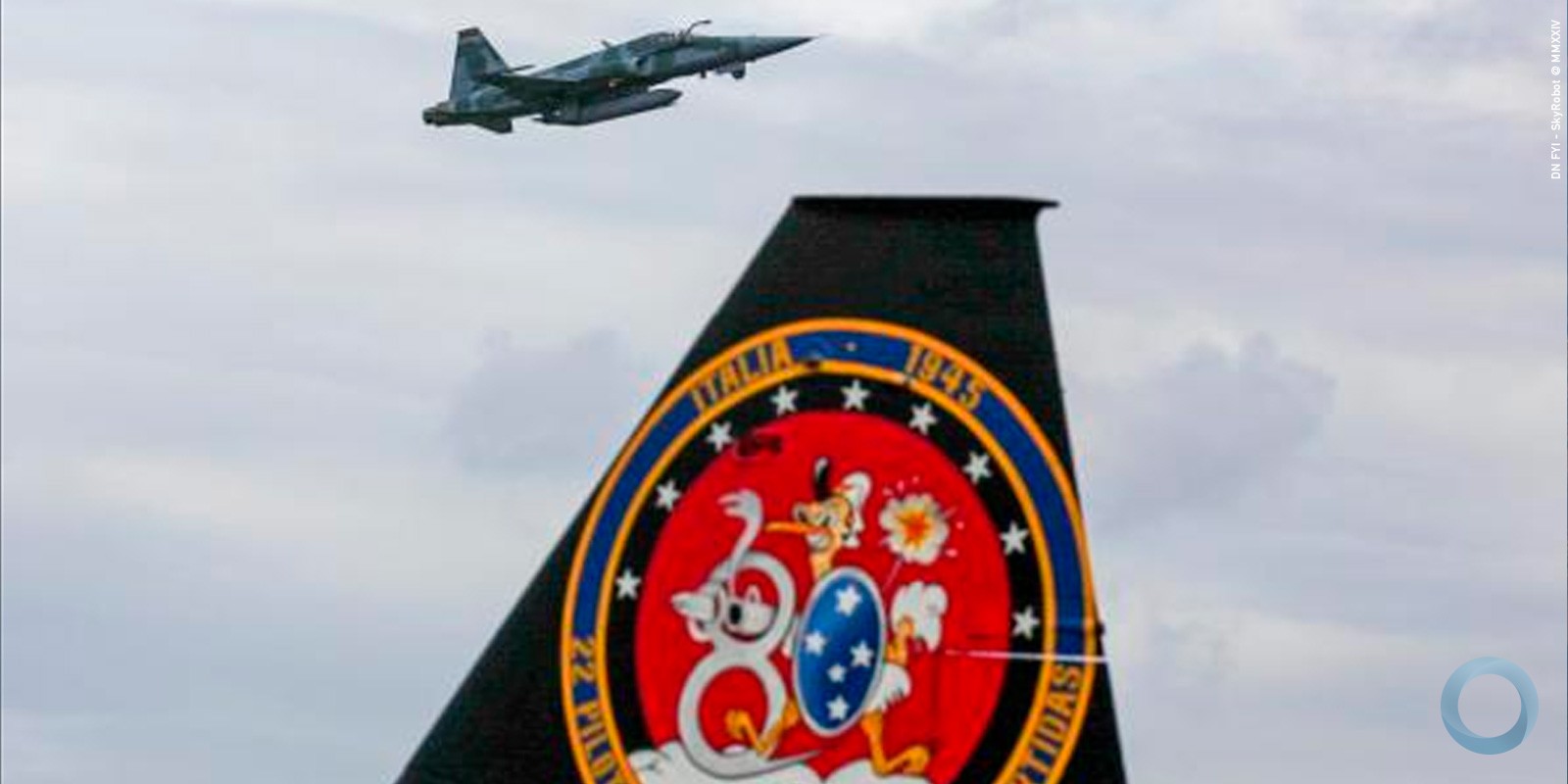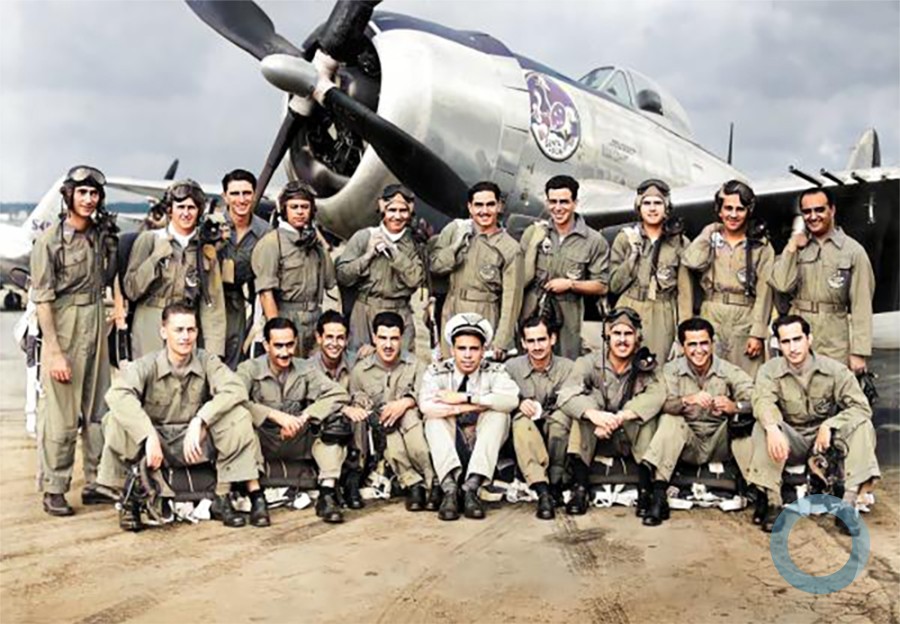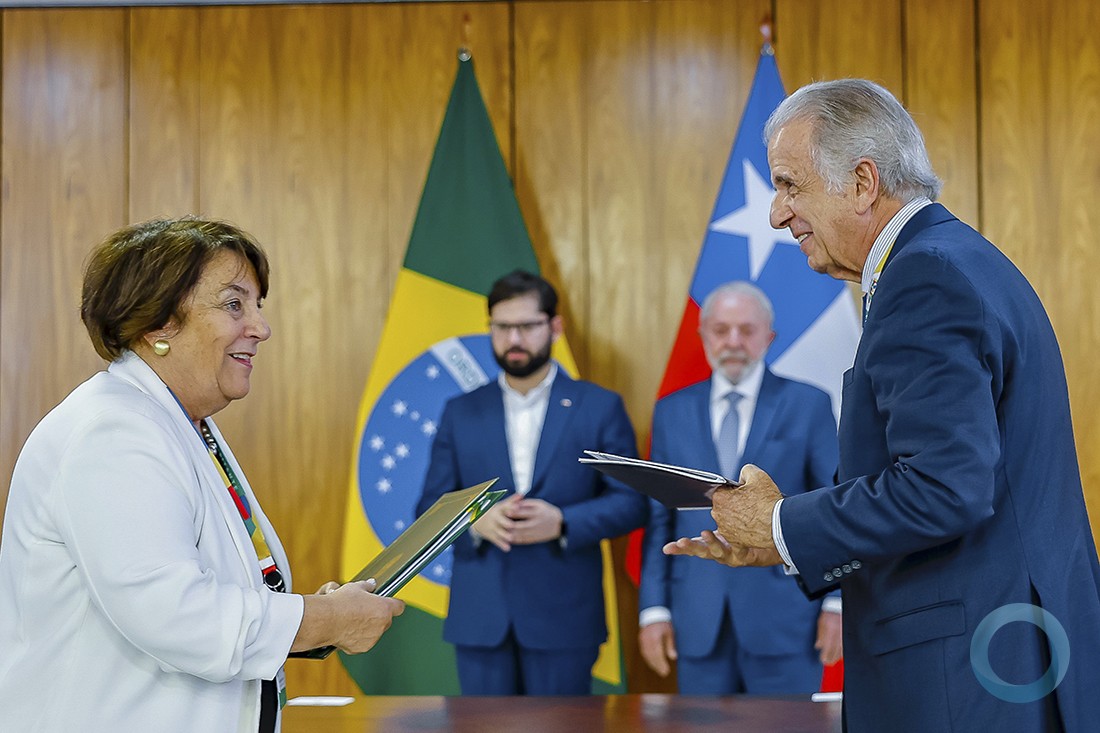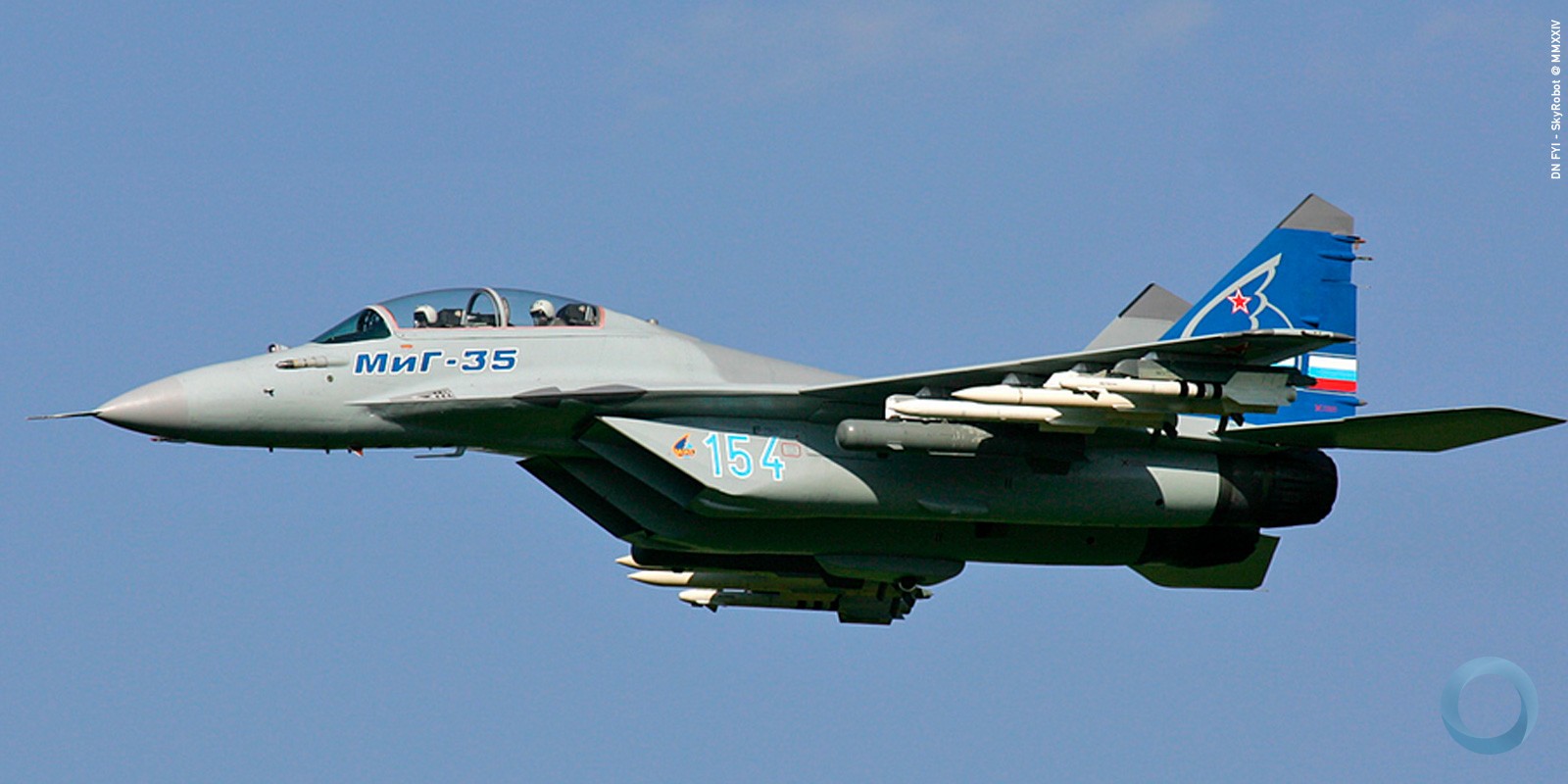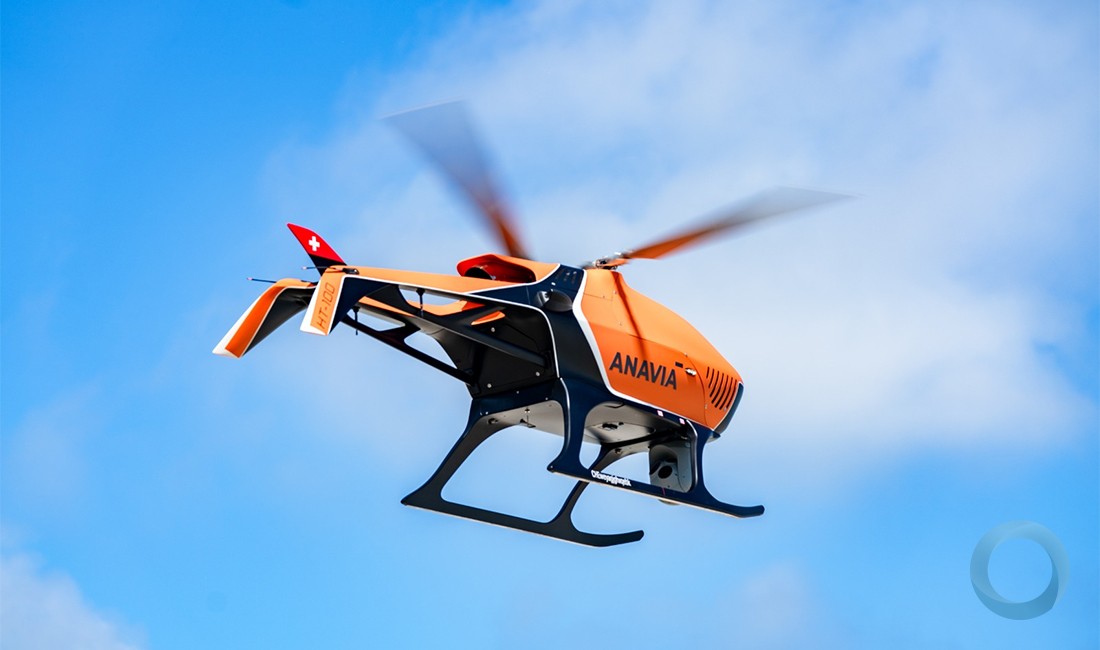In an exclusive interview to European Defence Agency (EDA), Saab CEO Håkan Buskhe tells us how he sees the defence industry developing in the coming years, why closer European cooperation will be paramount to safeguard industrial competiveness and why Europe will have to develop future airpower capabilities if it wants to maintain technological leadership and an appropriate level of strategic autonomy.
Håkan Buskhe
Håkan Buskhe is, since 2010, President and CEO of defence and security company Saab AB. When he joined the company, Mr Buskhe brought to Saab more than 20 years of experience in programme and operations management and business development from national and international commercial industries. Most recently, he served as the President and CEO of E.ON Nordic AB and E.ON Sverige AB. Defence and security company SAAB has around 14,000 employees. Annual sales amount to around SEK 27 billion (€2.75 billion), of which it re-invests about 20% in research and development. Its most important markets today are Europe, South Africa, Australia and the US.
HAKAN BUSKHE : “EUROPE WILL NEED TO DEVELOP FUTURE AIRPOWER CAPABILITIES”
Mr Buskhe, you joined Saab in 2010 as a defence ‘newcomer’ because you worked before in the energy sector. Six years later, what is your overall assessment of the European defence industry, of its strengths and weaknesses?
My impression from the start was the strength of the European defence industry to effectively innovate and adapt. Coming from a sector that itself is significantly defined by technological innovations, I quickly learnt that the defence sector was even more dependent on moving technological innovations forward in order to fulfil the ever changing demands of the market. As for the weaknesses of the European defence sector, I would perhaps point to the fact that we have duplication in many capability areas.
Every new CEO brings some kind of change with him. What is the biggest change you brought about in SAAB and what strategy is the company following under your leadership?
During the last five to six years, Saab has grown to become a bigger company in many aspects. Not only has our order backlog and turnover multiplied but our products and offers are much more competitive on the global market. Saab has developed into a true international company with customers in more than 100 countries. We also put a lot of emphasis on innovative Research and Development (R&D). Twenty five percent of the company’s turnover is invested in R&D, which contributes highly to our competitiveness.
How do you see the European defence industry evolving in the next 5 to 10 years? How can it remain strong and competitive while global competition gets tougher and tougher?
The conditions for driving the European defence industry forward in the next five to ten years are starting to move into place. However, drawing on our shared competences and experiences, whilst making use of our innovative and adaptive thinking and skills, will only get us part of the way. If Europe is to remain truly competitive on the global stage it needs to credibly and sustainably find ways to work more efficient together, but also together with strategic partners from around the globe.
Current EU defence integration initiatives, starting with the EU Global Strategy, aim at enabling Europe to achieve an “appropriate level of strategic autonomy”, including on capabilities. Is industry capable and ready to deliver?
When we are asked to meet the demands of governments we will always deliver innovative and cutting edge products, based on our R&D activities. We live in a complex world with many difficult challenges. I believe that the real challenge will be to accurately and in a timely manner identify the threats of tomorrow, and how we should tackle these. It is crucial to work together at a European level but also together, once again, with our strategic partners in other parts of the world.
Innovation is crucial in this respect. How is Saab making sure it remains at the cutting edge? What role does R&T play? To what extent do you reach out to non-traditional defence industries?
R&T is vital for our survival as a company. We invest a lot by ourselves and also in collaboration with academia. There are many examples, but one really worth mentioning is the Wallenberg Autonomy & Software Program (WASP) that addresses the future challenge facing Swedish industries in autonomy and software engineering. This is a very good example where we reach out to non-traditional partners in academia and industry to supply us with competence and technology.
What should be done on an EU level to ensure Europe’s defence sector as a whole remains innovative and capable of leading with top-notch technology?
I think the EU is moving in the right direction. Never before has there been this sense of urgency that we can see now around the need for developing our defence technological and industrial base. This is essential for meeting defence operational needs now and in the future. Two years ago, I was privileged to be invited to participate in the so-called ‘Group of Personalities’ for defence research, together with other representatives of the European defence industry, politics and academia.
We produced an extensive report which clearly outlined the need for strengthening the EU Common Security and Defence Policy (CSDP) through cooperative R&T programmes. In the report we agreed that the EU must have the EU’s best interest in mind, and not only the interests of individual Member States. We also agreed that we need a focus on the core capability shortfalls and essential European needs; a focus on taking research and innovation to the production phase; and finally, that the EU needs to keep its doors open for collaboration and partnerships with the rest of the world.
What are in your view the chances for a next generation of European combat aircraft?
It is clear that Europe will need to develop future airpower capabilities if we want to maintain an appropriate level of strategic autonomy as well as to maintain leadership on technological innovation within air defence globally. The competence and conditions for taking that technological leap is in place, but the ambition needs to be more clearly defined and agreed in order to move forward. Saab is a successful company in a global perspective, with a renowned track record in innovation and use of new technology. Saab is looking forward to be an active part of the development of future airpower capabilities. I believe our innovative solutions, cutting edge technology within e.g. automation, model-based engineering and operational flexibility in our products will position ourselves favourably in this sense.
Do you see sufficient political willingness in the EU Member States to push forward with defence integration and cooperation?
Here I will frame my answer to the European Defence Technological and Industrial Base (EDTIB) perspective, and the answer is yes. I believe need dictates actions, so it is important that the debate and subsequent decisions does not mix apples with pears and focuses on what is key, notably actions that strongly support the EDTIB. We are today moving towards a crucial point for European defence.
There is a risk of Europe losing its technological and industrial lead within various essential capability areas if it does not substantially start increasing investments in R&T. EU Member States are facing many challenges within many different areas, and only recently has it been made clear that defence is one of them. The geopolitical state of play and the fact that the security environment in and around Europe has dramatically changed in recent years is a clear sign of this. In a short period, we are increasingly faced with situations, security challenges and conflicts which demand an innovative and forward looking EDTIB. As said, I also recognize that a sense of urgency has not been as heightened in Europe for a long time, and that concrete action must be taken now. In the end, structural changes need also to be driven by competition.
Which key strategic activities do you feel Europe should preserve to ensure that we retain sufficient freedom of action and non-dependence?
It is not solely about preserving strategic activities. It is in many cases about developing them and sometimes even about reactivating them. As a first example, I would mention the area of sensor technology. In order for Europe to credibly preserve a freedom of action, we need to be able to clearly know and see what is around us, in our skies, our oceans and around our borders. We need to, at an as early stage as possible, see the threats that are approaching in order to prevent them from having further impact.
This activity also has the transnational benefit of being able to be carried out jointly, in the procurement phase as well as in the operational deployment. Secondly, we also see increased hostile underwater activity and Europe needs to reactivate its capabilities to detect and deter possible threats. Certainly there are many more areas which could be identified and many activities/capabilities are more relevant in some places than others, but identifying these activities should be done jointly.
What additional role could and should the EDA play to further facilitate defence cooperation and how could EDA better engage with industry?
The European Defence Agency has played an important role in facilitating the progress of European defence cooperation. It has always showed a keen interest in listening to industry and understanding what it is that incentivises industry participation in, for example, cooperative programmes and projects. Having said this, the Agency should play a more central role in identifying common needs together with participating Member States and demanding that industry deliver on those needs from a performance and life-cycle cost perspective. One good example is the EDA’s Carl-Gustaf Framework Agreement whereby participating Member States procured the provision of ammunition through the EDA. Strengthening this type of activity I believe will be crucial for the EDA in the future.






